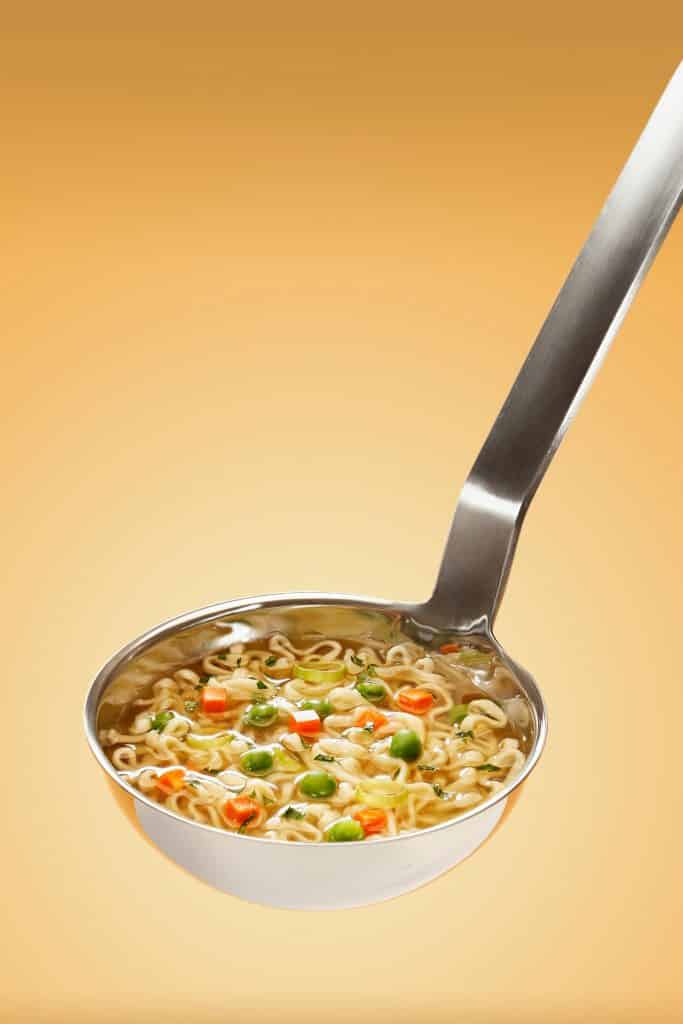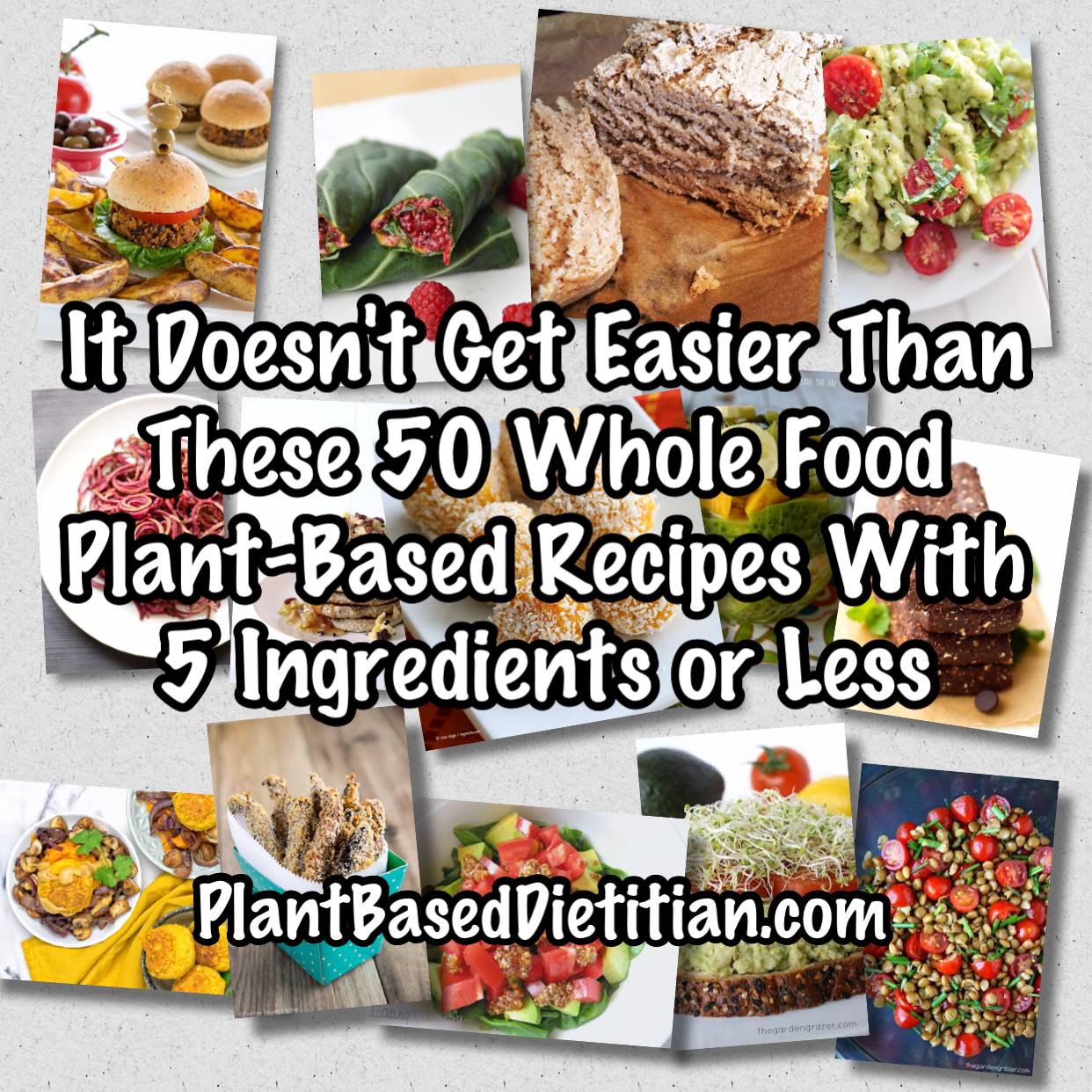
You can achieve your goals by eating a satiating meal, whether you are looking to eat more vegetables or avoid processed foods. Foods that are high in fiber, fat, and protein are often the most filling, and they can help you keep hunger at bay. These foods also have B vitamins, selenium, phosphorus, as well other minerals.
Satiety is subjective and can be measured through food intake or subjective ratings of hunger. Satiety can be influenced by a variety of factors, including food composition, the type of macronutrients in the food, the way it's eaten, and the behavioural characteristics of the individual. The satiating index combines these factors to identify foods that make you feel full longer. The index was developed in 1995. It is based on how satisfied people feel when they eat certain foods.

High water content foods are usually less filling that high carbohydrate foods. Carbohydrates with high water content are better satiating than rice. Also, foods rich in fiber and fats are more filling that foods high on carbohydrates. The satiating diet encourages you to eat foods with low amounts of saturated fats and gluten. You're also encouraged to eat one snack per day, and one meal per day. You can eat this diet safely, but you should talk to your doctor before consuming a satiating meal.
The way food is processed also has an impact on how satisfied you are. There have been studies that show processed foods reduce satiety. Many foods that have been less processed tend to contain more calories for each gram of weight. The impact of protein on your satiety is directly related to that of fiber. Fiber is an indigestible carbohydrate and promotes satiety. It can slow down digestion and improve blood sugar stability.
The satiating diet encourages eating lots of fruits and vegetables, whole grains, as well as protein. It discourages high carbohydrate, low fiber and unhealthy fats. You are encouraged to consume low-fat dairy and lower-sodium foods. It encourages eating a wide range of foods and choosing the ones that offer the greatest amount of nutrition. You should also remember that foods with high satiety scores are more filling than those with lower scores.
The taste and texture of food can also influence our satisfaction. Delicious food is more likely to please the palate and activate the reward areas of your brain. This triggers the brain's release of hormones that indicate the release and absorption of energy from the digestive system.

High-fat, high-protein, and high-fiber foods are more satisfying than high-carbohydrate foods. Fattier cuts are less satiating, while lean protein is better. Also, lean white fish is a great source of protein. These foods are full of omega-3 fat acids that promote hunger and satisfaction.
FAQ
How can I control my blood pressure?
Find out the causes of high blood pressure first. You must then take steps towards reducing the problem. This could be as simple as eating less salt, losing weight (if necessary), or even taking medication.
You also need to make sure you are getting enough exercise. Try walking if you don’t find the time.
A gym membership is a good idea if you don't like how much exercise your doing. It's likely that you will want to join a gym with other people who are working towards the same goals as you. It is easier to adhere to a fitness routine when someone else will be there with you.
What is the problem?
BMI stands for Body Mass Index, which is a measurement of body fat based on height and weight. BMI is calculated using the following formula:
Divide the weight in kilograms by the height in meters squared.
The result is expressed using a number from 1 to 25. A score of 18.5 indicates that you are overweight and a score of 23 indicates that you are obese.
A person with 100 kg will have a BMI 22 if they are 1.75m tall and weigh 100 kg.
What is the difference in a virus and bacteria?
A virus, a microscopic organism that can not reproduce outside of its host cells, is called a virus. A bacterium is an organism that splits itself in two. Viruses can be as small as 20 nanometers, while bacteria can grow up to 1 micron.
Viruses are usually spread through contact with infected bodily fluids, including saliva, urine, semen, vaginal secretions, pus, and feces. Bacteria are often spread via direct contact with contaminated surfaces and objects.
Viruses can get into our bodies through cuts and scrapes on the skin, bites or other injuries. They can also get into the skin through the nose, mouth and eyes, ears as well as through the rectum, rectum and anus.
Bacteria can be introduced to our bodies by cuts, scrapes or burns. They may also come into our bodies through food, water, air, soil, dust, or animals.
Both bacteria and viruses cause illness. Viruses cannot multiply in their host cells. So they only cause illnesses when they infect living cells.
Bacteria can cause illness by multiplying in the body. They can invade other areas of the body. Antibiotics are needed to eliminate them.
How often should I exercise
For a healthy lifestyle, exercise is vital. However, there's no time limit on how much you should exercise. Finding something that you love and sticking with it is the key.
If you work out three times a week, then aim to complete 20-30 minutes of moderate intensity physical activity. Moderate intensity means you'll be breathing hard long after you're done. This type is good for burning around 300 calories.
You can walk for 10 minutes every day if that is what you prefer. Walking is easy on the joints and has low impact.
If you'd rather run, try jogging for 15 minutes three times a week. Running is a great way of burning calories and building muscle tone.
Start slow if it's your first time exercising. Begin by doing 5 minutes of cardio each day, a few times per week. Gradually increase the duration until you reach your goal.
Statistics
- The Dietary Guidelines for Americans recommend keeping added sugar intake below 10% of your daily calorie intake, while the World Health Organization recommends slashing added sugars to 5% or less of your daily calories for optimal health (59Trusted (healthline.com)
- According to the 2020 Dietary Guidelines for Americans, a balanced diet high in fruits and vegetables, lean protein, low-fat dairy and whole grains is needed for optimal energy. (mayoclinichealthsystem.org)
- Extra virgin olive oil may benefit heart health, as people who consume it have a lower risk for dying from heart attacks and strokes according to some evidence (57Trusted Source (healthline.com)
- According to the Physical Activity Guidelines for Americans, we should strive for at least 150 minutes of moderate intensity activity each week (54Trusted Source Smoking, harmful use of drugs, and alcohol abuse can all seriously negatively affect your health. (healthline.com)
External Links
How To
How to Live a Healthy Lifestyle
Healthy lifestyle means you can maintain your weight, health, and fitness. It's a way of living that includes eating well, exercising regularly, getting enough sleep and avoiding harmful substances such as alcohol, caffeine, tobacco, drugs, and so on. Healthy lifestyles help you to feel great about yourself, stay active, and be healthy. Healthy lifestyles can also reduce the risk of chronic diseases, such as stroke, heart disease, diabetes, cancer, osteoporosis and arthritis.
The main goal of this project was to provide a step-by-step guide on how to live a healthier life. The introduction was the first portion of the project. It describes the benefits of living a healthy life, what it means, and who we should be. Next, I wrote the body paragraphs. These include tips and tricks for maintaining a healthy lifestyle. Finally, I wrote the conclusion. It summarises the entire article and offers additional resources, if needed.
I learned how to create a concise and clear paragraph through this assignment. Additionally, I learned how organize my thoughts into topic sentences and supporting information. Moreover, I improved my research skills because I had to find specific sources and cite them properly. I also learned how to write with proper grammar.